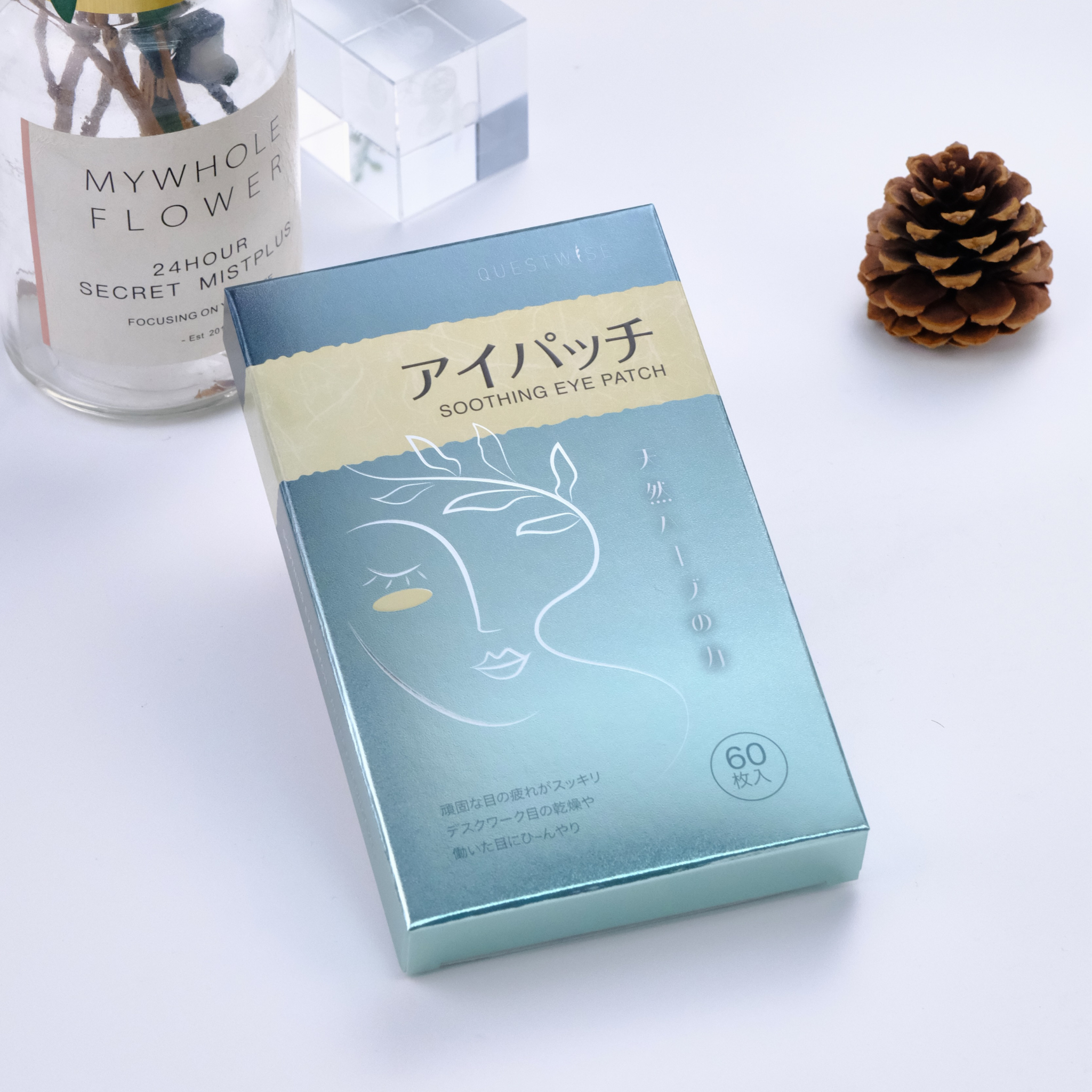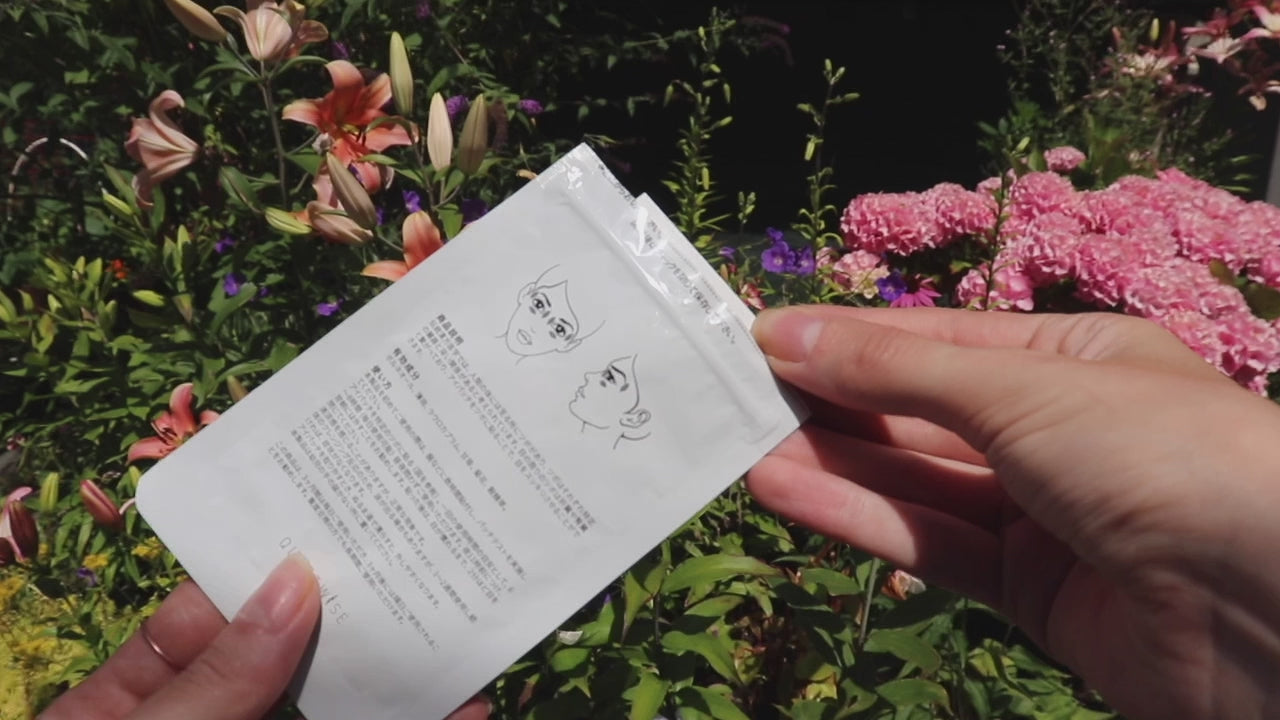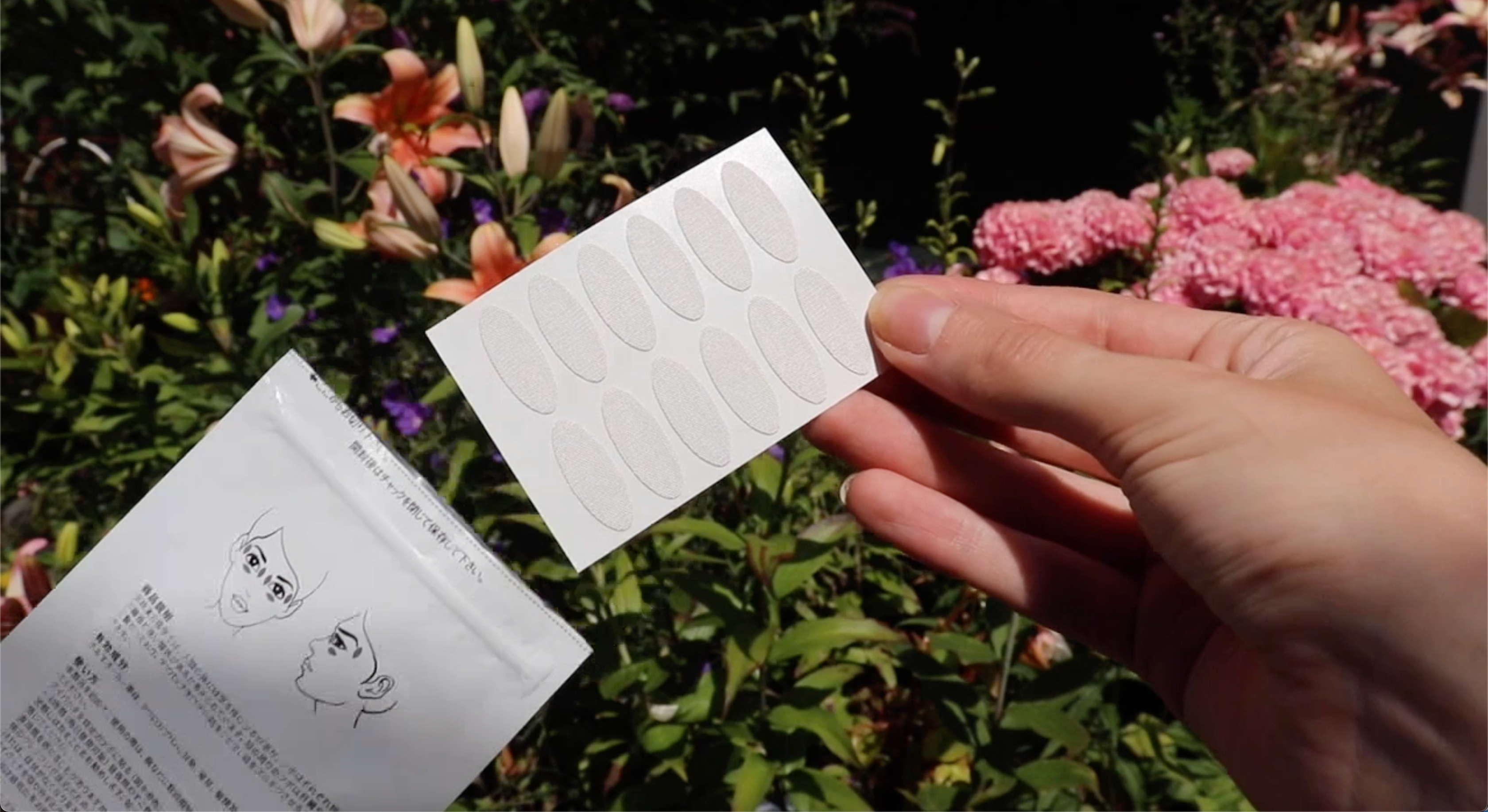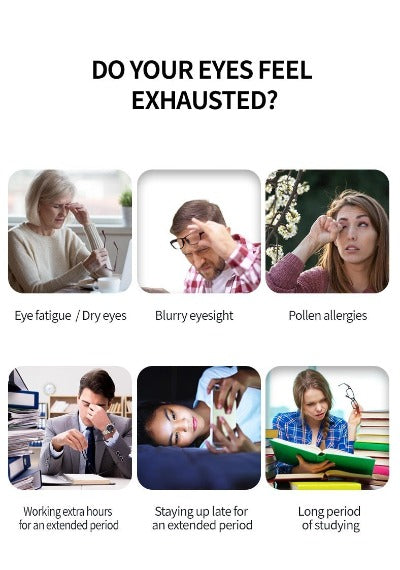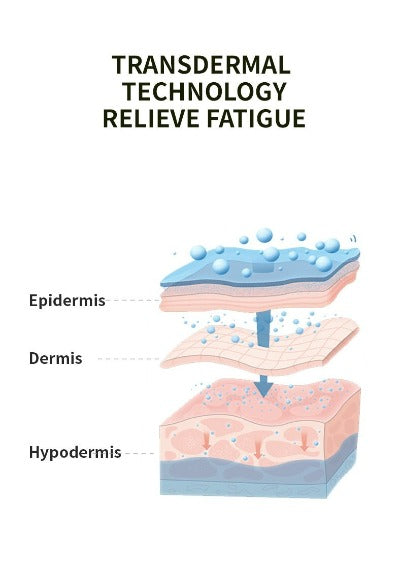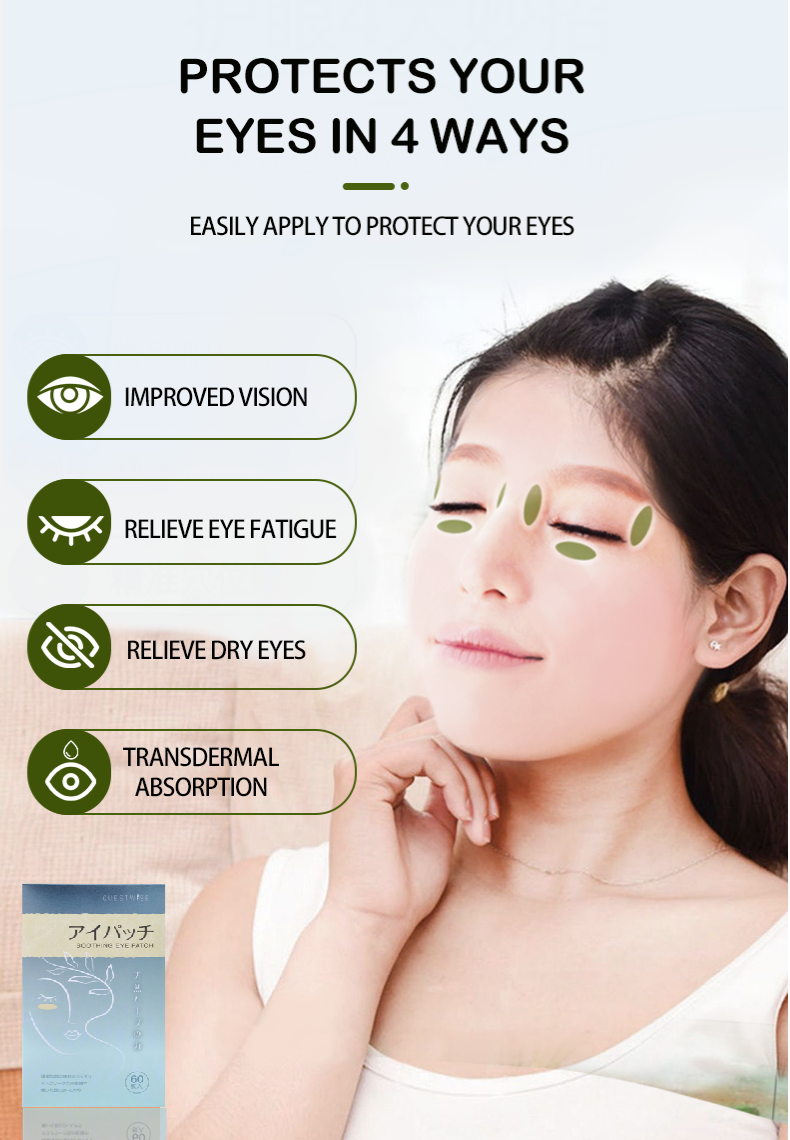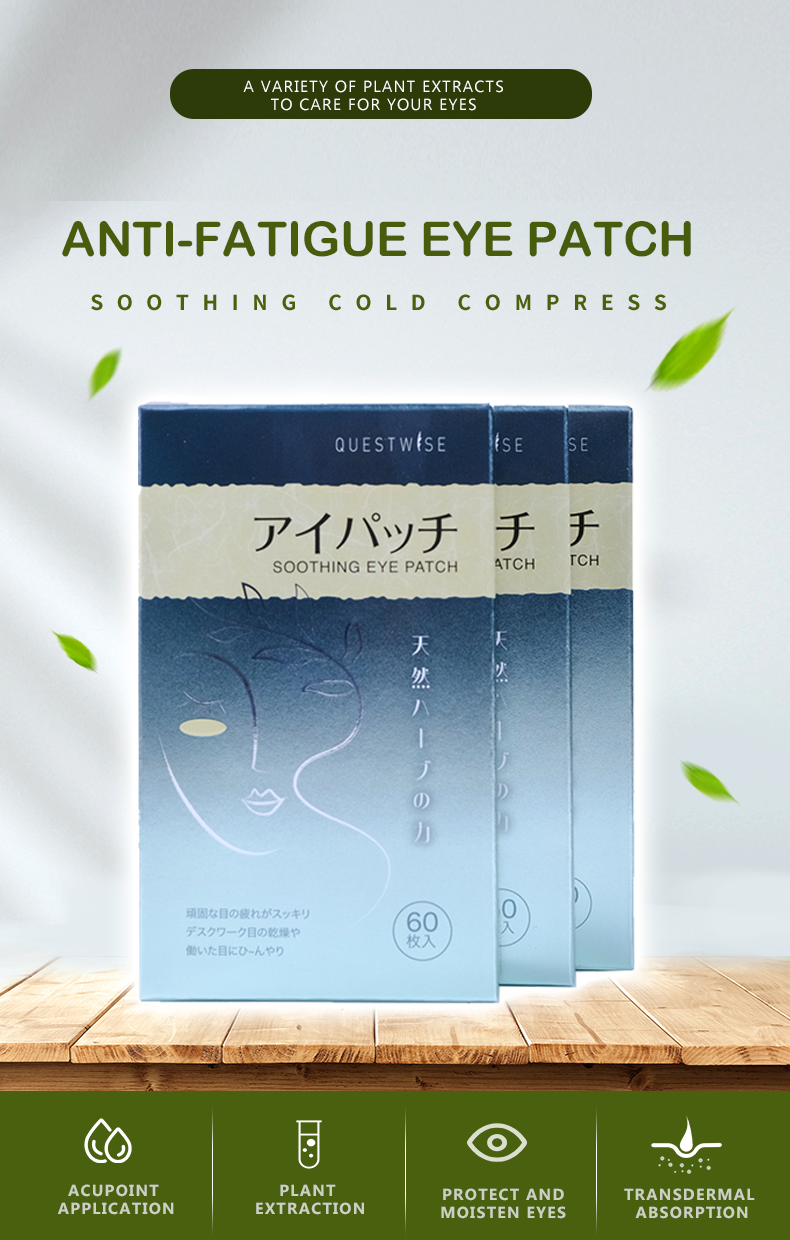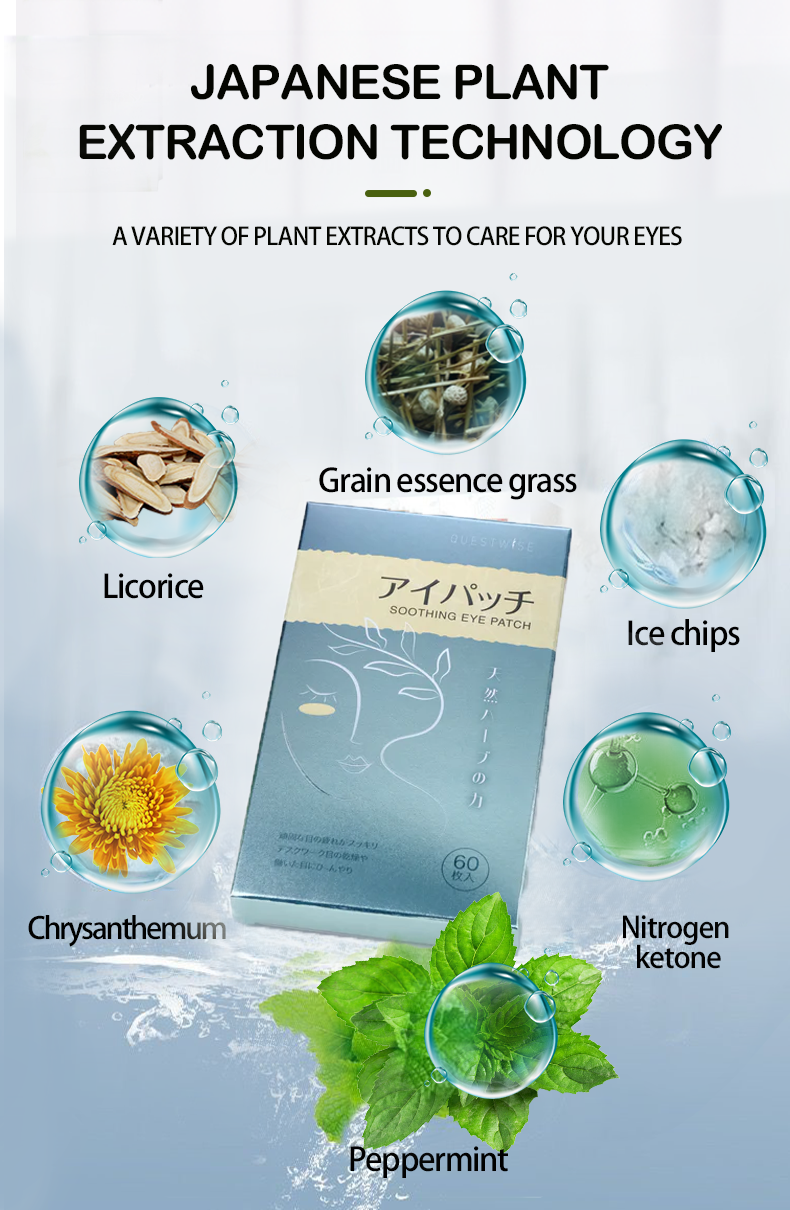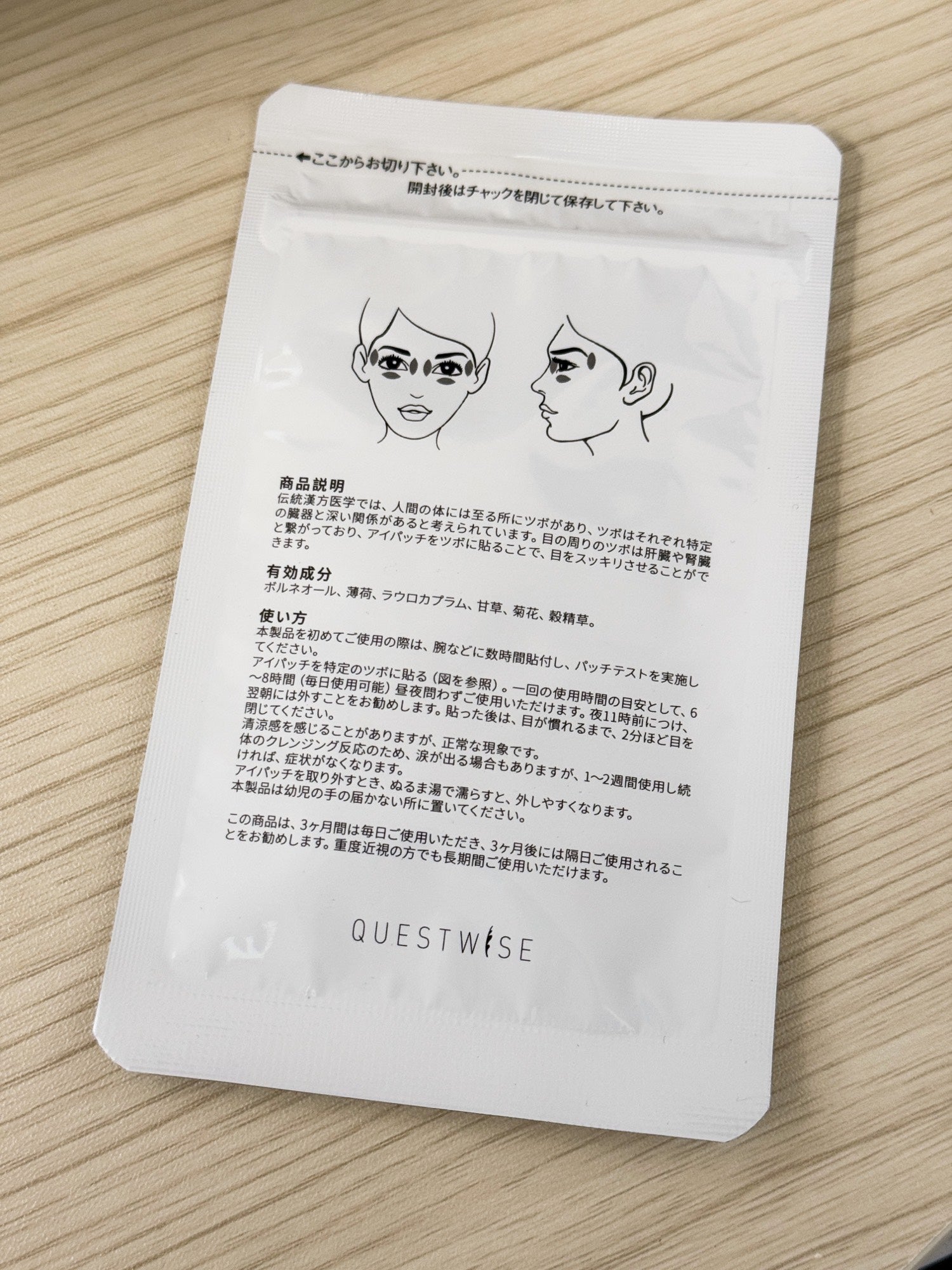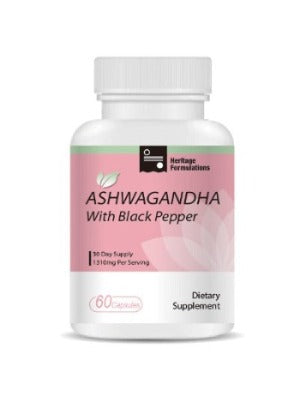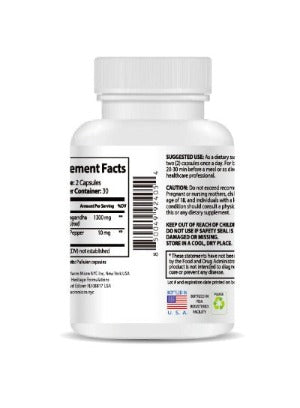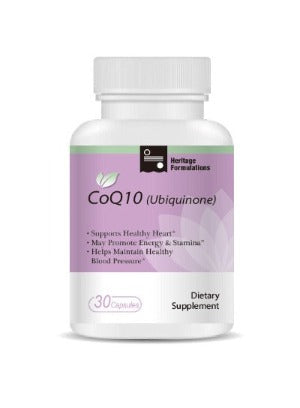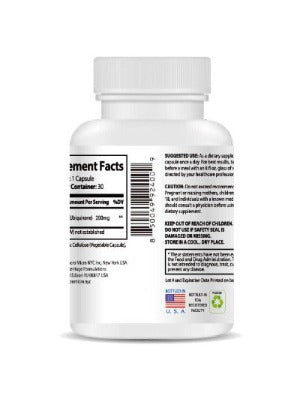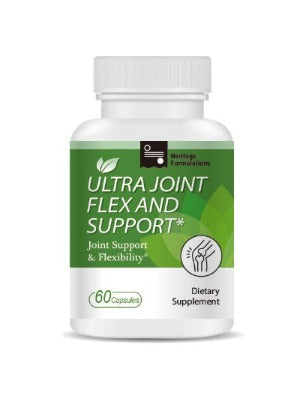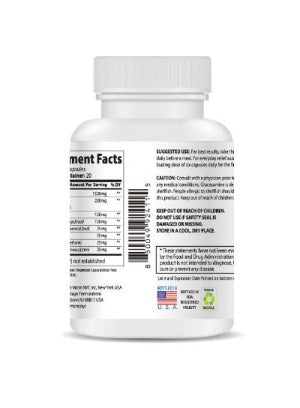The $3 Fix for Dry Eye That's Cheaper Than Your Coffee
In a world where we spend countless dollars on daily coffee runs, it's ironic that one of the most common health complaints of our digital age—dry eye—can be addressed for less than the cost of your morning latte. With over 16 million Americans suffering from dry eye syndrome and the global market for eye care products reaching billions of dollars annually, you might think effective relief requires expensive prescription treatments or costly procedures. However, the solution might be simpler and more affordable than you ever imagined.
The modern lifestyle has created a perfect storm for eye discomfort. We blink 66% less when staring at screens, spend an average of 11 hours daily looking at digital devices, and live in increasingly air-conditioned environments that strip moisture from our eyes. Yet despite this epidemic of eye discomfort, many people continue to suffer in silence, unaware that effective, affordable relief exists right at their fingertips.
Today, we'll explore how a traditional approach to eye care, rooted in centuries-old wisdom and enhanced by modern convenience, offers a surprisingly affordable solution to dry eye that costs less than your daily coffee habit. This isn't about expensive eye drops with questionable side effects or invasive procedures—it's about understanding how nature's own remedies can provide the relief you've been seeking.
Understanding Dry Eye: The Silent Epidemic of the Digital Age
Dry eye syndrome, medically known as keratoconjunctivitis sicca, affects millions of people worldwide and has become increasingly prevalent in our screen-dominated society. This condition occurs when your eyes don't produce enough tears or when the tears evaporate too quickly, leaving your eye surface inadequately lubricated and protected.
The tear film that covers your eye is incredibly complex, consisting of three distinct layers: an oily outer layer that prevents evaporation, a watery middle layer that provides nutrients and removes debris, and a mucous inner layer that helps the tear film stick to the eye surface. When any of these layers is compromised, dry eye symptoms begin to manifest.
What makes this condition particularly insidious is its progressive nature. Many people dismiss early symptoms as temporary fatigue or environmental irritation, not realizing they're experiencing the onset of a chronic condition. Left untreated, dry eye can lead to corneal damage, increased risk of eye infections, and significantly impacted quality of life.
The economic burden of dry eye is staggering. Americans spend over $3.8 billion annually on dry eye treatments, with individual patients often paying hundreds of dollars per year for prescription medications and procedures. This creates a frustrating cycle where the very people seeking relief are often priced out of effective treatment options.
The Hidden Culprits: Why Your Eyes Are Crying for Help
Digital Device Dependency
The most significant contributor to modern dry eye is our relationship with digital devices. When we focus intently on screens, our blink rate drops dramatically from the normal 15-20 blinks per minute to as few as 5 blinks per minute. This reduced blinking means tears aren't distributed properly across the eye surface, leading to dry spots and irritation.
Blue light emission from devices compounds this problem by potentially disrupting the delicate balance of the tear film. Research suggests that prolonged blue light exposure may contribute to oxidative stress in eye tissues, further compromising the eye's natural moisture-retention mechanisms.
The positioning of digital devices also plays a crucial role. Most people hold phones and tablets below eye level, which forces the eyes to open wider than normal, increasing the exposed eye surface area and accelerating tear evaporation. Computer monitors positioned too high or too low create similar problems, forcing unnatural eye positions that stress the tear film.
Environmental Factors
Modern indoor environments are often hostile to eye health. Air conditioning systems, while providing comfort, significantly reduce humidity levels, sometimes to as low as 10-20%. In contrast, optimal eye comfort requires humidity levels of 40-60%. This dry air accelerates tear evaporation, leaving eyes feeling gritty and uncomfortable.
Air circulation from heating and cooling systems can create direct airflow across the face, further increasing tear evaporation. Dust and allergens circulated by these systems can also irritate the eye surface, triggering inflammatory responses that worsen dry eye symptoms.
Outdoor pollution and allergens add another layer of challenge. Urban environments expose eyes to particulate matter, chemicals, and other irritants that can disrupt tear film stability and trigger inflammatory responses in sensitive individuals.
Lifestyle and Health Factors
Age naturally affects tear production, with both quantity and quality of tears declining as we get older. Hormonal changes, particularly in women during menopause, can significantly impact tear production. Certain medications, including antihistamines, decongestants, and antidepressants, can reduce tear production as a side effect.
Dietary factors also play a role. Diets low in omega-3 fatty acids have been linked to increased dry eye symptoms, as these essential fats are crucial components of the tear film's oil layer. Dehydration, whether from inadequate water intake or excessive caffeine consumption, can also contribute to tear film instability.
The $3 Solution: Ancient Wisdom Meets Modern Convenience
In the quest for affordable dry eye relief, traditional Chinese medicine offers a time-tested approach that modern technology has made more accessible than ever. Cold compress therapy, enhanced with carefully selected natural ingredients, provides a gentle yet effective method for addressing eye discomfort without the side effects or ongoing costs associated with many conventional treatments.
The principle behind cold compress therapy for dry eye is elegantly simple yet scientifically sound. Cool temperatures help reduce inflammation, constrict blood vessels to minimize irritation, and can stimulate the meibomian glands that produce the oil layer of the tear film. When combined with herbal extracts that have been used for centuries to soothe eye discomfort, this approach offers comprehensive relief at a fraction of the cost of prescription alternatives.
Traditional Chinese medicine has long recognized the interconnected nature of eye health and overall well-being. Rather than merely treating symptoms, this holistic approach addresses underlying imbalances that contribute to dry eye development. Herbs commonly used in eye care formulations possess anti-inflammatory, moisturizing, and circulation-enhancing properties that work synergistically to restore natural eye comfort.
The beauty of this approach lies not only in its effectiveness but also in its accessibility. Unlike prescription treatments that require ongoing doctor visits and expensive refills, natural cold compress therapy can be incorporated into daily routines with minimal cost and maximum convenience.
Wisequest Eye Patches: Bridging Traditional Wisdom and Modern Needs
Among the various options available for natural dry eye relief, the Wisequest Soothing Eye Patches represent a thoughtful fusion of traditional Chinese medicine principles and contemporary convenience. These patches incorporate carefully selected herbal extracts known for their eye-soothing properties, delivered through an innovative cold compress format that makes treatment both effective and effortless.
What sets these patches apart is their commitment to natural ingredients and traditional formulation methods. Rather than relying on synthetic compounds that may cause irritation or unwanted side effects, the patches utilize time-tested herbal extracts that have been safely used for generations. This natural approach eliminates the concern about long-term dependency or adverse reactions that sometimes accompany conventional dry eye treatments.
The convenience factor cannot be overstated. In our busy modern lives, finding time for elaborate eye care routines can be challenging. These patches offer a simple solution that can be used while working, relaxing, or even during brief breaks throughout the day. The cost-effectiveness is equally impressive—at approximately $3 per treatment, they cost less than most people spend on their daily coffee, making consistent eye care financially sustainable for virtually everyone.
The absence of harsh chemicals or preservatives makes these patches suitable for sensitive eyes and extended use. Many conventional eye drops contain preservatives that can actually worsen dry eye symptoms with prolonged use, creating a paradoxical situation where the treatment becomes part of the problem. Natural herbal formulations avoid this issue entirely, providing gentle yet effective relief without unwanted complications.
Building Your Daily Eye Care Routine: Small Changes, Big Results
The Foundation: Environmental Optimization
Creating an eye-friendly environment is the first step in combating dry eye. Start by positioning your computer screen 20-26 inches from your eyes, with the top of the screen at or slightly below eye level. This positioning reduces the exposed eye surface area and minimizes strain on the tear film.
Invest in a desktop humidifier for your workspace, aiming to maintain humidity levels between 40-60%. Even a small, inexpensive unit can make a significant difference in eye comfort throughout the workday. Position it so that it doesn't create direct airflow toward your face, which could actually increase tear evaporation.
Consider the lighting in your environment. Harsh overhead fluorescent lights or working in dimly lit conditions both strain the eyes and can worsen dry eye symptoms. Soft, indirect lighting that minimizes glare and shadows is ideal for extended visual tasks.
The 20-20-20 Rule and Beyond
The famous 20-20-20 rule—looking at something 20 feet away for 20 seconds every 20 minutes—is crucial for eye health, but it's just the beginning. During these breaks, practice deliberate, complete blinks to help redistribute tears across the eye surface. Many people develop a habit of incomplete blinking when concentrating, which doesn't adequately refresh the tear film.
Incorporate conscious blinking exercises throughout your day. Every hour, take a moment to perform 10-15 slow, deliberate blinks, ensuring that your upper and lower eyelids make complete contact. This simple exercise can significantly improve tear distribution and eye comfort.
Consider using the Pomodoro Technique or similar time management methods that build regular breaks into your workflow. These structured breaks not only improve productivity but also provide consistent opportunities for eye rest and recovery.
Hydration and Nutrition
While topical treatments address dry eye symptoms directly, supporting your body's natural tear production from within is equally important. Aim for adequate daily water intake—generally 8-10 glasses for most adults—but remember that caffeine can have a diuretic effect that may contribute to overall dehydration.
Incorporate omega-3 rich foods into your diet, such as fatty fish, flaxseeds, and walnuts. These nutrients are essential components of the tear film's oil layer and can help improve tear quality and stability. If dietary sources are insufficient, consider a high-quality omega-3 supplement after consulting with your healthcare provider.
Limit alcohol consumption, which can contribute to dehydration and may interfere with REM sleep—the stage when much of the eye's natural healing and moisture restoration occurs.
The Science Behind Cold Compress Therapy
Cold compress therapy for dry eye relief operates on several physiological principles that work together to restore comfort and function. The cooling effect causes vasoconstriction, reducing inflammation and swelling in the delicate tissues around the eyes. This reduction in inflammation can help restore normal function to the meibomian glands, which are responsible for producing the oil layer of the tear film.
The temperature change also stimulates nerve endings, which can help normalize tear production and improve overall eye surface health. Additionally, the gentle pressure of a properly applied cold compress can help express oils from the meibomian glands, improving tear film quality and reducing evaporation.
Research has shown that regular cold compress therapy can lead to measurable improvements in tear film stability and reduction in dry eye symptoms. Unlike some treatments that provide only temporary relief, consistent use of cold compress therapy can lead to cumulative benefits and long-term improvement in eye comfort.
The herbal components commonly used in traditional formulations add another dimension of benefit. Many herbs used in eye care possess natural anti-inflammatory compounds, antioxidants, and moisturizing properties that complement the physical benefits of cold therapy. This combination approach addresses multiple aspects of dry eye simultaneously, often producing superior results compared to single-mechanism treatments.
Long-term Vision: Sustaining Eye Health in the Digital Age
Managing dry eye effectively requires thinking beyond quick fixes to develop sustainable, long-term strategies. The goal isn't just symptom relief but creating conditions that support optimal eye health throughout your lifetime. This means developing habits and routines that become second nature, integrated seamlessly into your daily life.
Consider your eye care routine as an investment in your future quality of life. Vision problems become increasingly common with age, and protecting your eyes now can help prevent more serious issues later. The relatively small daily investment in proper eye care—whether through environmental modifications, regular breaks, or affordable treatments like natural eye patches—pays dividends in maintained visual comfort and function.
Regular eye examinations remain important, even when using natural treatments. While dry eye can often be managed effectively with conservative approaches, having a baseline understanding of your eye health and monitoring for changes ensures that any developing issues are caught early.
Stay informed about new developments in eye care, but be wary of expensive treatments that promise miraculous results. Often, the most effective approaches are those that work with your body's natural healing mechanisms rather than attempting to override them with harsh chemicals or invasive procedures.
Frequently Asked Questions
Q1: How quickly can I expect to see results from natural dry eye treatments like herbal eye patches?
A: Most people begin experiencing some relief within the first few applications, often within 15-30 minutes of use. However, for significant improvement in dry eye symptoms, consistent use over 1-2 weeks typically yields the best results. Natural treatments work gradually to restore balance rather than providing temporary masking of symptoms, so patience is key. The gentle nature of herbal formulations means they're safe for daily use, allowing you to maintain consistent treatment until optimal comfort is achieved.
Q2: Are natural eye treatments safe to use alongside prescription dry eye medications?
A: Natural herbal eye patches are generally safe to use with most medications since they don't introduce chemicals into your system systemically. However, it's always wise to consult with your eye care provider before combining treatments. Many doctors actually recommend complementary approaches like cold compress therapy alongside conventional treatments. The natural ingredients in quality eye patches typically don't interfere with prescription medications and may even enhance overall treatment effectiveness.
Q3: Can environmental changes alone resolve dry eye symptoms, or do I need additional treatments?
A: Environmental modifications are crucial and can significantly improve dry eye symptoms, especially in mild to moderate cases. However, most people find that combining environmental changes with gentle treatments like natural eye patches provides more comprehensive relief. The key is addressing both the external factors that worsen dry eye and supporting your eyes' natural healing processes. Think of it as a multi-layered approach where each element reinforces the others.
Q4: How do I know if my dry eye symptoms are serious enough to require professional medical attention?
A: While natural treatments are effective for most dry eye cases, certain symptoms warrant professional evaluation. Seek medical attention if you experience persistent pain (rather than just discomfort), significant vision changes, discharge from the eyes, or symptoms that worsen despite consistent treatment. Additionally, if your dry eye symptoms severely impact your daily activities or sleep, an eye care professional can help determine if underlying conditions need to be addressed alongside your natural treatment routine.
Q5: What's the difference between using natural eye patches and over-the-counter artificial tears?
A: The main differences lie in approach and long-term effects. Artificial tears provide immediate but temporary moisture replacement, while natural eye patches work to address underlying causes of dry eye through anti-inflammatory herbs and cold therapy that can improve your natural tear production. Many people find they need artificial tears less frequently when using natural patches regularly. Additionally, natural patches don't contain preservatives that can sometimes worsen dry eye symptoms with extended use, making them suitable for long-term daily use without concerns about dependency or irritation.
Taking control of your eye health doesn't require expensive procedures or ongoing dependence on costly treatments. Sometimes the most effective solutions are also the most accessible, combining time-tested wisdom with modern convenience to provide relief that's both affordable and sustainable. Your eyes deserve the same daily attention you give to other aspects of your health—and now you know it doesn't have to cost more than your morning coffee.


